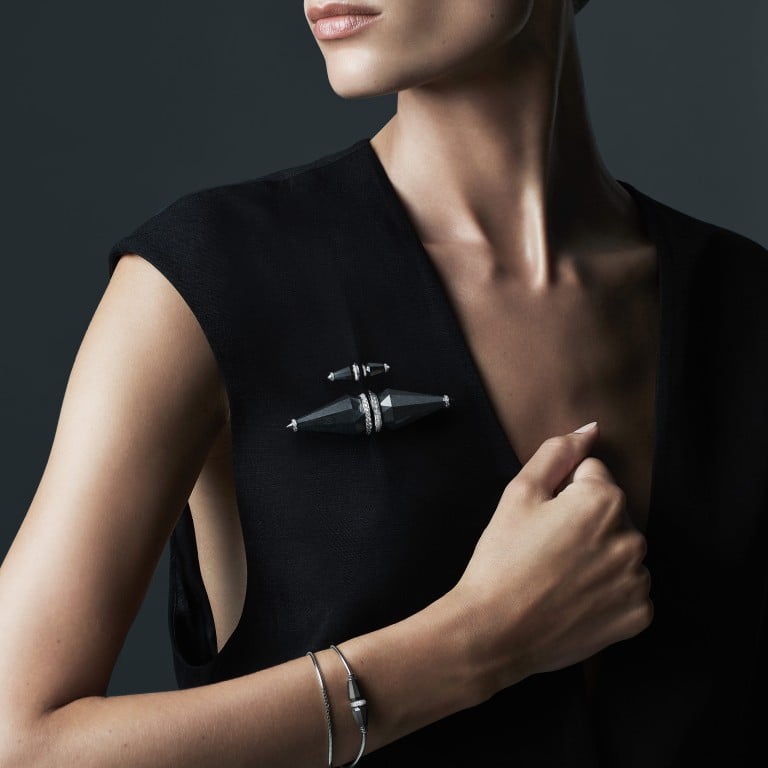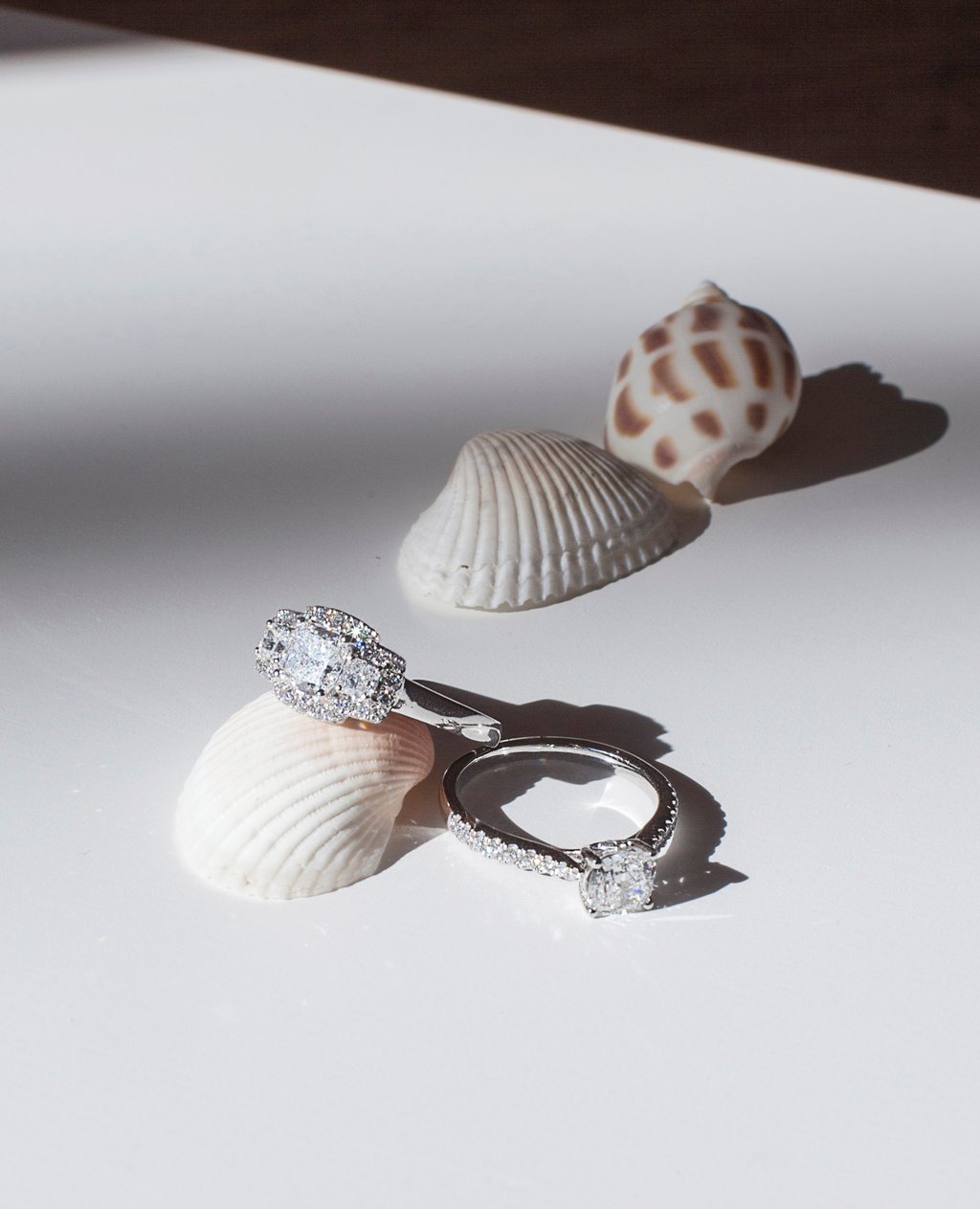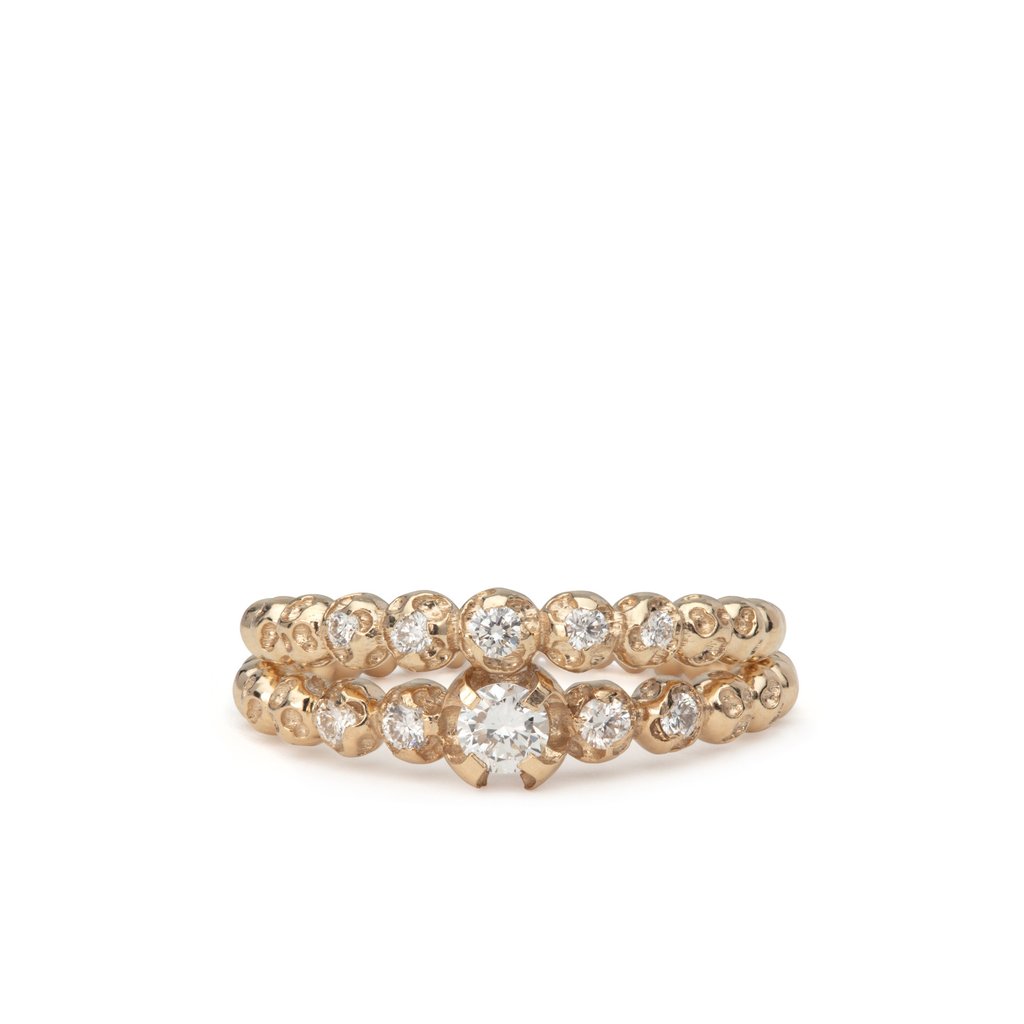How high jewellery is becoming more sustainable and ethical – through unconventional materials, from Tiffany & Co.’s recycled gold and Boucheron’s asbestos-derived fillers, to even lab-grown diamonds

- As sustainability concerns grow, more jewellery brands are seeking out environmentally friendly alternatives, from upcycled damaged gems to ethically sourced metals to using fossils and shells
- Boucheron may have unveiled a new eco-material but Tiffany & Co. also recently launched its recycled gold line, while Chopard partners up with Gemfields and cooperative mines in Colombia and Bolivia
It is the big story of the moment. Boucheron has unveiled a capsule collection centred on a material produced from asbestos. Yes, you read that right. That poisonous fibre you’ve been warned to avoid for fear of death.
“Cofalit is the complete opposite of what is considered precious in the collective imagination. I took inspiration from the fact that this material is deemed to have no further utility,” said Boucheron creative director Claire Choisne.
Choisne isn’t the only designer looking for innovative ways to create jewellery more sustainably. Pomellato has turned to a traditional Japanese mending technique called kintsugi to upcycle damaged stones, while Tiffany & Co. has launched its first product range made from recycled gold.
Often in the vanguard of contemporary design, Hemmerle has pioneered the use of non-mined, alternative precious materials such as fossils and shells for decades. The fourth generation family-run house has proved time and time again that carefully “repurposing” such items can add to a piece’s grandeur.

“Designers are seeing that the future is all about sustainable product lines,” said Zulu Ghevriya, the CEO and co-founder of Smiling Rocks, which specialises in lab-grown diamonds. He said that industry leaders are reacting to a palpable change in the volume of calls from consumers for greater transparency.
German-born jeweller Judith Peterhoff believes this trend is gaining momentum because people are better educated on how to make conscious choices. “Customers are able to use social media and the internet to research where their jewellery is from. They want to make sure that they don’t support corrupt supply chains and they ideally want their purchase to give back to workers rather than exploit them,” she said.

According to the Diamond Council of America (DCA), an estimated 250 tonnes of earth are shifted for every carat of diamond extracted. Gold mining does not fare much better, with 20 tonnes of waste generated for every nine grams of metal. Companies dump an additional 180 million tonnes of hazardous waste from these digs into streams, lakes and oceans every year, more than 1.5 times the waste US cities send to landfills over that period.
Thankfully, initiatives like Fairtrade International, the Alliance for Responsible Mining, and Earthworks have made ethically-sourced gold an increasingly viable material for jewellers.




